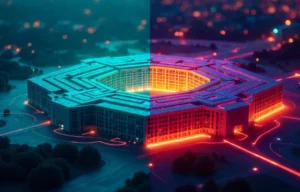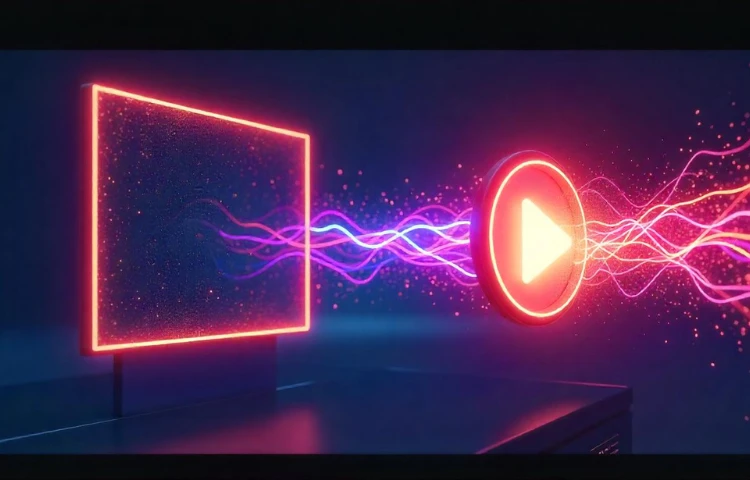

Prefer to listen instead? Here’s the podcast version of this article.
Midjourney has finally leapt from still images to moving pictures with the public launch of its first AI video generation model, V1. The new tool lets anyone “animate” a single frame into 5- to 20-second clips—all inside the familiar Midjourney workflow. In other words: upload (or generate) an image, choose low- or high-motion, and watch it come alive. Creative pros and hobbyists alike are already flooding X with jaw-dropping tests, and rivals like Google Veo and OpenAI Sora suddenly have another formidable competitor to worry about. [techcrunch.com]
Skim these for a 360-degree view before hitting “Animate.”
Midjourney’s debut lands squarely in the crosshairs of AI governance:
Midjourney’s V1 video model represents a pivotal leap in generative AI—one that collapses the gap between imaginative stills and captivating motion. By turning a single frame into a short, share-ready clip at the click of a button, the platform hands storytellers, marketers, and hobbyists alike an unprecedented level of creative agility. As courts and regulators debate the boundaries of training-data “fair use,” creators must balance excitement with responsibility, ensuring each output respects copyright, privacy, and brand integrity. Yet, the potential upside is impossible to ignore: richer social feeds, faster pre-viz cycles, and a democratized pipeline for visual innovation. Keep experimenting, stay mindful of evolving guidelines, and you’ll be well-positioned to ride this new wave of AI-powered video creation.
WEBINAR